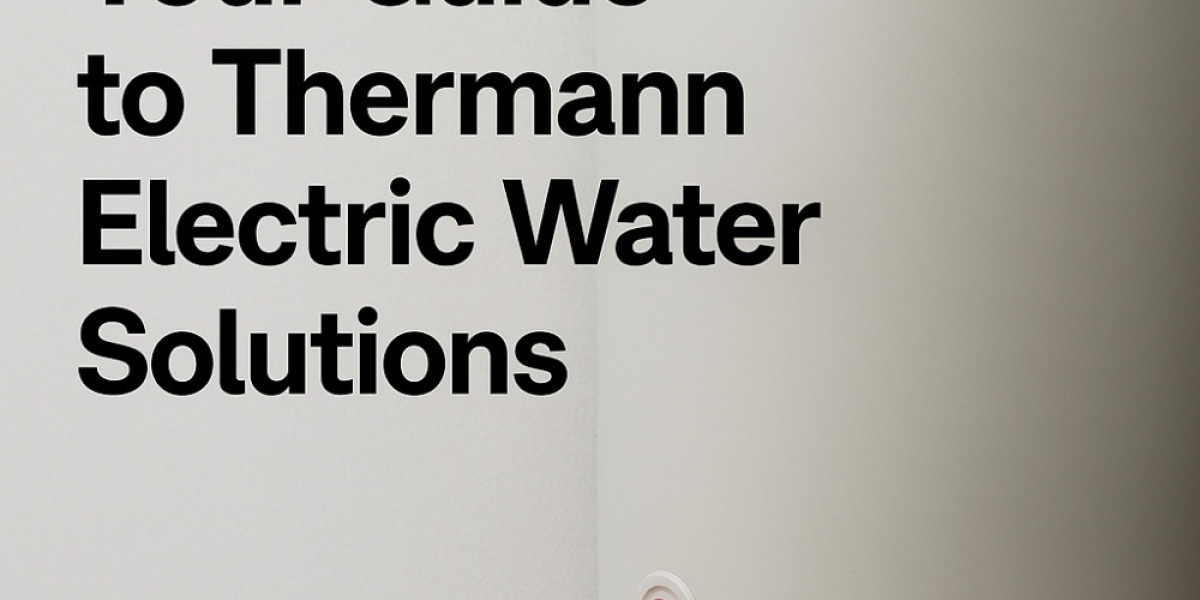If you're planning a hot water upgrade or facing issues with your current unit, you’re not alone. Many Australian households are leaning toward thermann electric hot water systems for their ease of installation, cost-efficiency, and reliability. Choosing the right system isn't just about matching capacity to people — it's also about long-term energy efficiency, environmental footprint, and available rebates. And in a market flooded with choices, it's easy to feel overwhelmed. Thermann has made its mark by offering versatile electric units that work across a variety of property types — from new builds to older retrofits. Whether you're replacing an old tank or fitting out a new space, it's crucial to understand what you're buying into. Electric hot water units remain a staple across the country, especially in urban areas like Sydney, where access to gas lines may vary and solar doesn’t always cut it in winter. Thermann has carved out a reputation for systems that work well in apartments, small homes, and eco-conscious households.
How electric hot water systems compare to gas and solar
Choosing between gas, solar, and electric comes down to lifestyle, location, and budget. Here’s what electric systems — particularly Thermann models — bring to the table:
Lower upfront cost compared to solar or continuous flow gas units
Simplified installation with no gas plumbing or rooftop access needed
Consistent temperature control and fast recovery rates
Compact size, making them ideal for under-sink or internal cupboards
That said, running costs can vary depending on your electricity provider and tariff setup. If you’re on a controlled load or off-peak rate, electricity might be surprisingly economical. Some households even qualify for an electric hot water rebate, depending on their state or provider — a financial sweetener that makes the switch even more compelling for budget-conscious homeowners. Personally, when I helped my aunt replace her old gas heater in Western Sydney, we went for a 125L Thermann electric unit. She didn’t want rooftop installations or gas fitting expenses. The job was done in half a day, and she immediately noticed more consistent showers and fewer pressure drops.
Common installation scenarios: what fits where?
Electric hot water systems — especially in the Thermann range — come in a variety of tank sizes and formats:
Small capacity (25L–50L): perfect for studio apartments or holiday units
Medium capacity (80L–160L): ideal for 2–3 people or couples
Large capacity (250L+): suited to family homes or high-usage households
Most models are built with vitreous enamel tanks for corrosion resistance, and you’ll also find models with dual-element options — useful for high-demand periods.
Tip: Always check your space dimensions. Some older properties have awkward cupboards or wall recesses that limit your choices.
For larger households, tank size and recovery rate matter more than anything. Comparing models by these specs helps you avoid daily hot water shortages — something that becomes critical when choosing the best hot water system for families.
What most people get wrong when buying a hot water system
There’s a common assumption that all electric water heaters are the same — just plug them in and go. But there are subtle variables that can trip up even seasoned homeowners:
Amperage and circuit load: A large-capacity electric unit might require a 20-amp circuit, which isn’t always available in older homes.
Thermostat placement: Some models have external thermostats that are more accessible, while others require a technician just to adjust the heat.
Drainage clearance: Tanks should be installed in a spot where the pressure relief drain can safely expel water. If it's indoors, you'll need a drainage plan or tundish.
Many Thermann electric units come with helpful documentation, but it’s worth having a licensed installer do a site inspection first, especially if you’re in a strata property or dealing with tight cabinet spaces. When I helped a friend replace his 80L tank in a rental unit, we almost went with a larger size. The installer flagged that the electrical board couldn’t support it — a close call that saved us a major headache. A little pre-check can go a long way.
Maintaining your system for long-term efficiency
Electric hot water units aren’t totally “set and forget.” A bit of attention every few years goes a long way, especially with brands like Thermann, which offer robust warranties and support.
Key maintenance tips include:
Checking the pressure relief valve every 6–12 months
Flushing sediment from the tank every 1–2 years (especially in hard water areas)
Inspecting for rust or corrosion around connections and anode rods
If you're unsure where to start, this helpful write-up on thermann hot water maintenance breaks down simple steps and red flags to look out for. I once caught an issue with our anode rod just in time — a quick swap cost me $90 but saved the entire tank from replacement. Definitely worth it.
Final thoughts: Is Thermann right for your household?
If you’re looking for an electric hot water unit that’s:
Reliable and easy to maintain
Available in sizes that suit your space
Backed by local support and warranty options
… then Thermann ticks most boxes.
Just make sure to:
Pick the right size based on usage habits
Use a licensed installer (rebate eligibility often depends on this)
Bookmark your model’s maintenance schedule to avoid early wear and tear
And remember: a hot water system isn’t just a utility — it’s an investment in comfort, convenience, and peace of mind. Skimping on research or installation may cost more down the track. Thermann electric units offer a smart balance of price, performance, and serviceability — ideal for homeowners who want reliability without overcomplication. Take the time to ask questions, check specs, and think long-term.










